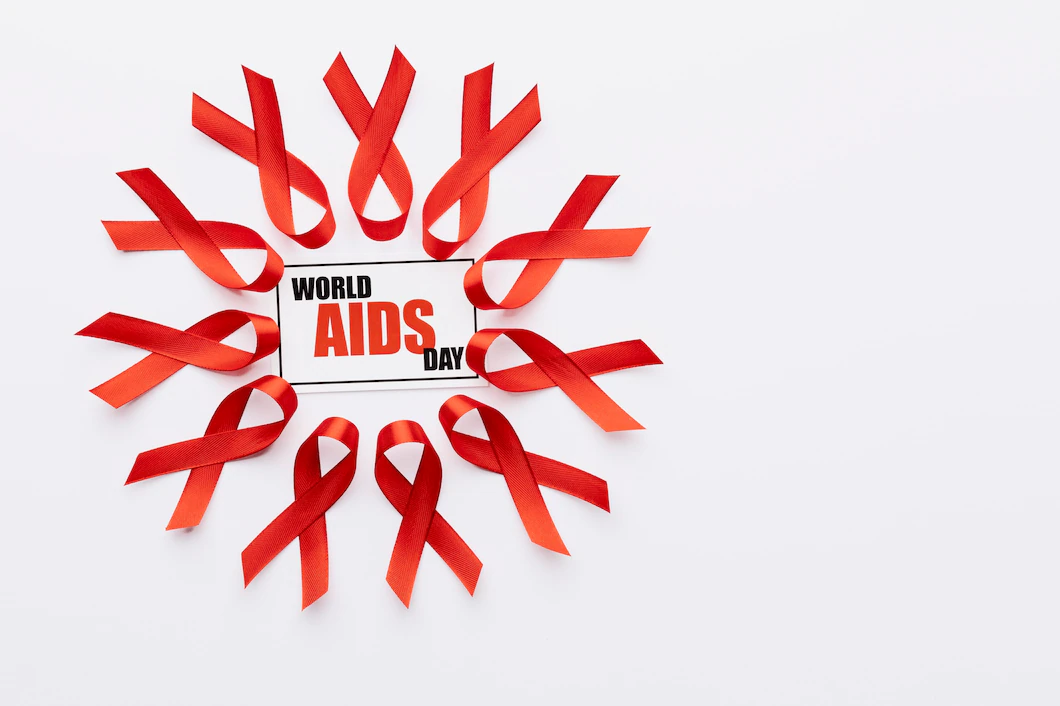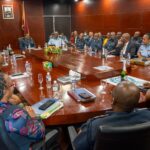HIV remains a significant public health challenge in Botswana, with efforts to address the epidemic requiring a multi-pronged approach. World AIDS Day (WAD) campaigns play a pivotal role in raising awareness, promoting HIV testing, improving treatment adherence, and reducing stigma. By integrating communication strategies, community mobilization, and service delivery, these campaigns ensure that vital HIV services are accessible and effectively utilized.
Leveraging Integrated Communication Approaches
Integrated communication approaches during WAD campaigns are vital to fostering awareness and driving community action. Key strategies include:
- Targeted Messaging
Tailored messages that resonate with specific demographics help dismantle myths, inform the public about prevention methods, and highlight the importance of regular testing. In Tlokweng, where diverse populations reside, such messaging can be disseminated via social media, radio, and community meetings to maximize reach. - Interactive Community Engagement
Hosting dialogue sessions, Q&A forums, and public discussions allows communities to raise concerns and seek accurate information. This fosters trust and encourages individuals to access HIV-related services without fear. - Visual Campaigns and Testimonials
Stories of individuals living positively with HIV can humanize the issue and combat stigma. Testimonials during WAD events can inspire others to seek testing and treatment.
Mobilizing the Community
Community mobilization ensures that HIV services are not only available but actively sought out by those in need. The following efforts can significantly impact uptake:
- Partnerships with Local Leaders
In Tlokweng, partnerships with community leaders, traditional healers, and faith-based organizations can amplify campaign messages. When trusted figures endorse HIV services, communities are more likely to respond positively. - Collaboration with NGOs and Health Authorities
Non-governmental organizations (NGOs) bring valuable resources and expertise to WAD campaigns. By working alongside local health authorities, they can set up mobile clinics, offer free HIV testing, and provide counseling services in strategic locations. - Youth and Peer Networks
Engaging youth groups and peer educators helps reach younger populations, who may face unique barriers to accessing services. Social media influencers from the community can also serve as advocates.
Enhancing Service Delivery
Effective service delivery during WAD campaigns can bridge critical gaps in care. Mobile clinics, extended operating hours, and integration with other health services (e.g., tuberculosis screenings) make it easier for individuals to access HIV-related support.
Moreover, linking people who test positive to immediate treatment programs and offering adherence counseling can improve health outcomes. Campaigns that provide comprehensive follow-up services ensure that those newly diagnosed receive sustained care.
Reducing Stigma
Stigma remains one of the most significant barriers to accessing HIV services. WAD campaigns must actively challenge prejudices by:
- Promoting inclusive language and imagery in communication materials.
- Hosting community events that celebrate solidarity and resilience rather than focusing solely on challenges.
- Highlighting successes in treatment and prevention to inspire hope.
Tlokweng: A Model for Synchronized Efforts
Tlokweng, as a growing village, offers a unique opportunity to demonstrate the impact of synchronized efforts. By fostering collaboration among local health authorities, community leaders, and NGOs, the village can serve as a model for how integrated approaches during WAD campaigns can drive demand for HIV services and create an environment conducive to better health outcomes.
World AIDS Day campaigns are more than just annual events—they are critical tools in the fight against HIV in Botswana. By integrating communication strategies, community mobilization, and service delivery, these campaigns can inspire action, reduce stigma, and connect individuals to life-saving care. In communities like Tlokweng, such efforts hold the promise of transforming public health and creating a brighter, healthier future for all.










